SG-38, 1/48 Special Hobby
This small and not-so-well known plane is my latest build. The goal was to practice wood textures and rigging before I start other, larger projects.
There are multiple packaging released by Special Hobby, both in 1:72 and 1:48 scale. You should be aware that not all packages contain the parts needed for building the covered fuselage section.
The kit itself is typical Special Hobby - amazing subject, promising on the frames, but reality is going to hit you at the very moment you start building it. Some parts are simplified, the details are a bit soft, and a few things are completely missing. Among the missing details are the harnesses, and their mounting points. Most of these planes were originally built without the plywood/fabric cover on the fuselage, and that means all details were visible. Brengun released a photo-etched set for this kit with the harnesses, and other smaller details. I did not use it, but looked into my spare boxes, and found an Eduard superfabric set, made for Bf-109. You should be also aware that's CMK's pilot figure designed for this kit is also wrong, because the harnesses are mounted directly on the plywood seat (not on the wooden main frame of the plane, as it was originally). Not the best idea when crashing with an open seater , if you ask me.
The larger wooden parts are covered with Uschi wooden decals, the smaller ones are painted with oil paints. I used AK acrylics linen colors for the fabric surfaces, but I still can't use that paint properly. I have never had so many problems with acrylic paints before, and I have been using this type of paints for nearly 20 years.
Rigging was done with Uschi fine and superfine threads, mounted with a mix of photo-etched kit parts and self-made cable turnbuckles. The kit parts are ok, but oversized, compared to photo and drawing references.
The colors are for an ex-german glider shortly after the end on WW2 in Poland. The swastikas on the tail were painted over by hand. You can find great photo and detailed scale drawing references in a Polish modeling publication, “Skrzydła w miniaturze 23”. I don't speak a single word of Polish, but my phone's camera translation functionality did the trick.
I enjoyed the build, and one of the next projects will be a second SG-38, without the covered fuselage. However, the real goal of these projects is to help me to het experience before getting started wish scratch-building similar gliders in 1:48 scale. I built a few 1:72 gliders in the mid 90s from balsa wood and plastic, but those were very early scratch-building trials. Let's see what the future brings, I would be happy to share the scratch-building projects here, once I manage to get enough courage.
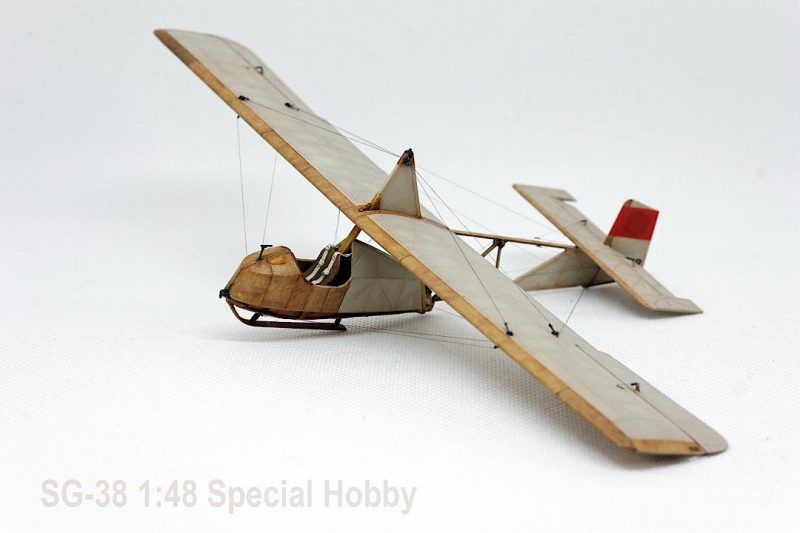
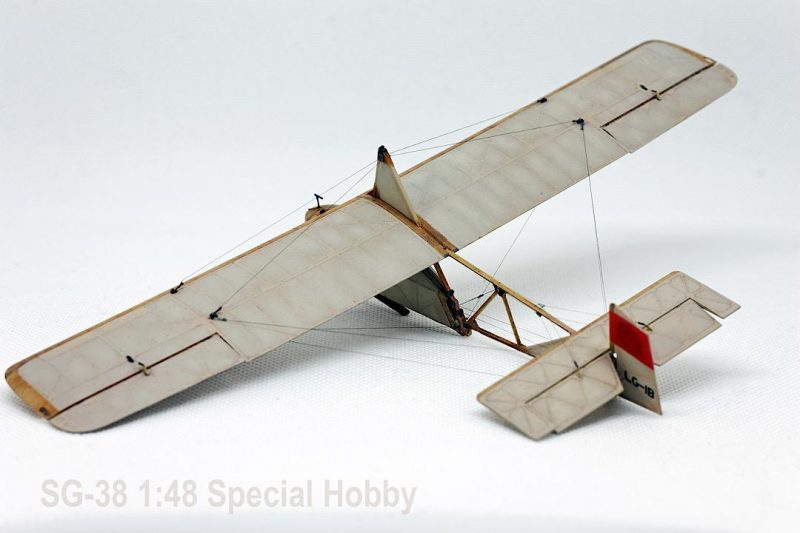
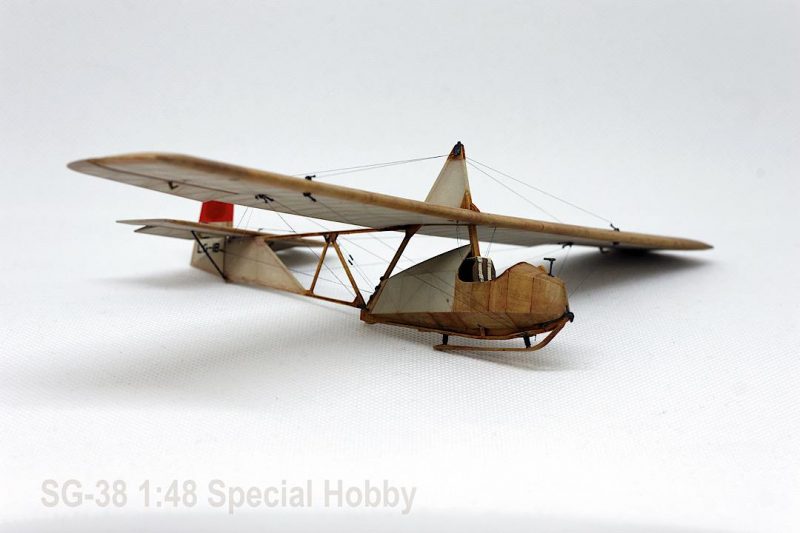
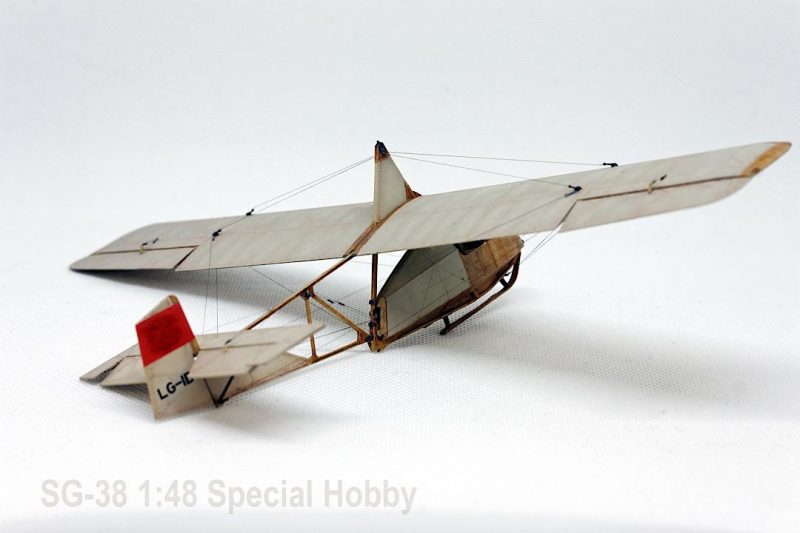

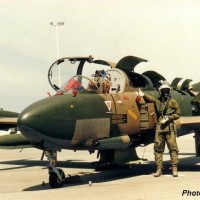
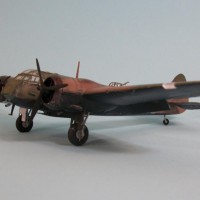
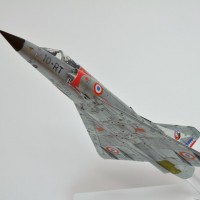
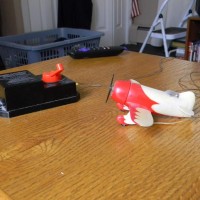
Very nice, Csaba.
Especially the way you can see the wood through the fabric.
Also the aging and rigging is fantastic performed.
You can definitely use these techniques for your future models.
Thanks John! I used Vallejo acrylic colors to paint the wing structure after the initial linen base. On the top side buff, the bottom side buff mixed with wood color. I did not use any masking, so I came up with the idea using a brown wash to emphasize the lines. After that I covered the whole fabric section again with a diluted linen color, and that toned down the internal wooden elements.
The wooden parts look quite good, but I have to practice the rigging.
Love this little glider.
Great video from Sweden. Pilot is really giving those controls a good work out https://youtu.be/lPfIpDcvqhg
Great video, I watched a lot of these before the build. Turned out that there are a quite a lot of modern replicas flying all across Europe.
I even managed to find reference photos some of the recent replica projects.
Beautifully done, Csaba!
Thank you Jeff, I hope the next one will be even better!
Great wood effects. Different for sure.
Sitting on a stick at 1000 (?) ft? Not this boy.
Yeah, exactly my thought. Looks very airy and hairy in the video I linked to.
Yes, it requires some level of craziness to fly with these planes.
However, the most common method of launching was a simple bungee cord, and the flying time was only measured in seconds, maybe a minute. The main use was very basic flight training. The pilot got great self confidence, since their first flight was their first solo as well, but many of them had bad habits - there was nobody sitting behind them correcting those wrong movements immediately.
Nice model and a truthful description of the build and kit. It is indeed a very appealing subject when one seeks something out of the usual messespits and the likes. Wonder how the “open” glider will look?
Thank you Pedro! I would expect something very similar at the end, but I want to detail it more. I am not sure if I will do every update on my own, or I order the Brengun set.
Now this is something different, well done!
Yep, I like doing something else than the commonly seen types.
I love gliders, and I did gliding training for a while, but I never managed to get my license. Back then the doctors were quite strict about flying with glasses, and refused to give me the clearance. Nowadays they are more relaxed about that requirement, but the family keeps me busy now. Will stick at models for the rest of my life, I think.
Hi Csaba!
This is a wonderful job, nice detailed work. Excelllent painting and, despite what you commented above that you have to practice more with rigging, well, your rigging looks spotless to me!
Congratulations, my friend! It's so nice that you'll bring all these extraordinary (in their extremity) flying machines, so rarely seen.
Thanks, the rigging is not bad, but the photos hide some of the problems. It looks worse in real life.
My ultimate goal is reaching the level of those guys building amazing large scale WW1 models.
Nice build of something one doesn't see around here.
Thanks, hopefully I can keep building these weird machines. Family life is getting busy, but I try to save some “me time” for building
Very realistic build. I imagine you would have a pucker factor in the high nines flying this little machine.
Thanks! Learned something new today - I have never heard the expression “pucker factor” before, so I had to do a quick google research on that. 🙂
Csaba - excellent subject and build. Your simulated wood work is very well done and a skill that I need to work on. I have a soft spot for vintage sailplanes and think they are very under-served in the plastic world. I've built a number of 1/4 scale RC subjects before turning my attention to plastic scale, but would still like to build more gliders. My most recent RC build was a variation of this SG-38 called the Hol's de Teufel. Pic of one of 30+ individual ribs built for the wing that spans 3.2 meters.
1 attached image. Click to enlarge.
Oh, those large scale gliders are beautiful! I have seen a few, and always envied the skills of their builders.
Yes, these planes are not too famous among the manufacturers, but I guess money talks. You can release one more Bf-109, and people will still buy that kit.
I really want to build some of these planes from scratch (even considered the Hols der Teufel). Most probably I will start with this, the Rubik Vöcsök
https://www.planephotos.net/photo/13404/Rubik-R-07b-Vocsok-replica_HA-2336/
Great choice. I've been itching for a scratch project too and have the original factory plans for the Hol's. I guess nothing is stopping me but time. 🙂